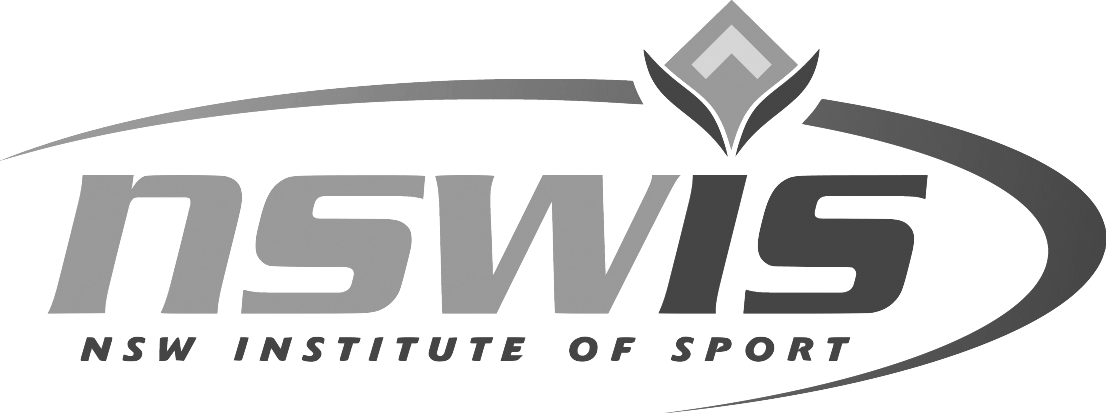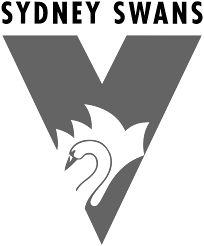Heel Pain
What Is Heel Pain?
The heel is made up of the calcaneus bone and supported by a network of muscles, tendons, ligaments and soft tissues, which together support the weight of the body and stress during movement. Heel pain is a common symptom of excessive strain placed on these structures.
Causes of Heel Pain
Heel pain can be caused by obesity, abnormal walking style, standing or walking or running on hard surfaces and wearing ill-fitting shoes. Some of the conditions related to heel pain include:
- Plantar fasciitis: inflammation of the ligament that connects the heel bone to the toes
- Bursitis: swelling of a bursa (fluid-filled sac) at the back of the heel
- Achilles tendinitis: swelling of the Achilles tendon that connects the calf muscle and heel bone
- Bone spurs: extra growth of bone
- Calcaneus fracture
- Haglund’s deformity: bone enlargement at the back of heel
- Tarsal tunnel syndrome: compression of nerves at the back of the foot
- Rheumatoid arthritis: autoimmune disease of the joints
Symptoms of Heel Pain
Heel pain may be felt under or behind the heel, mostly during walking, jogging and running. It may be sharp and stabbing when you first stand up early in the morning or get up after sitting for long hours. Pain may also be associated with swelling, inflammation, numbness and/or a tingling sensation.
Diagnosis of Heel Pain
The cause of the heel pain is diagnosed by:
- studying your medical history,
- performing a thorough physical examination of your heel,
- observing and feeling for signs of swelling and tenderness.
Further examination of the foot can be very important, particularly for subtle injuries which require a high index of suspicion.
- blood tests, and
- imaging studies (X-ray, CT or MRI scans) to confirm on the diagnosis.
The cause of the heel pain is diagnosed by studying your medical history and performing a thorough physical examination of your heel, observing and feeling for signs of swelling and tenderness. The doctor might order blood tests, and imaging studies (X-ray, CT or MRI scans) to confirm on the diagnosis.
Treatment of Heel Pain
Treatment of heel pain completely relies on the causes. The conventional treatments are:
- Rest from activities that causes stress on the heel
- Applying ice packs to help reduce pain and inflammation
- Regular exercise and foot massage
- Wearing proper shoes, heel cups, professional heel straps and night splints
- Corticosteroid injections
- Extracorporeal shockwave therapy (EST) may be performed where high-energy soundwaves are delivered to treat nerve problems
- Anti-inflammatory medication (topical or oral)
- Surgery may be recommended in cases of heel spurs, bursitis and fracture of the heel bone.
Prevention of Heel Pain
Following are the few steps to avoid heel pain:
- Wear properly fitted shoes
- Reduce weight if you are overweight or obese
- Use shoe inserts
Treatment Process
Preparation for Surgery
- Provide a complete list of your medications so you can be advises which to stopped prior to surgery,
- Treat any tooth, gum, bladder or bowel problems before surgery to reduce the risk of infection
- Stop anti-inflammatory medications (NSAIDs) at least seven days before the procedure.
- Stop or cut down smoking to reduce your surgery risks and improve your recovery
- Consider losing weight (if overweight) before surgery
Day of Surgery
- Report any infections to me prior to surgery as the procedure cannot be performed until all infections have cleared up.
- Do not consume alcohol - 24 hours prior to treatment,
- Do not eat or drink anything, including water, for 6 hours before surgery
- Avoid vigorous physical activity or exercise 24 hours prior to surgery,
During Surgery
- Administration of general anesthesia or sedation and local anesthesia
- The entire procedure can take 60 minutes to two hours.
- Procedure is performed and sent to recovery room, for observation
- Pain medications are prescribed to help with pain during the recovery phase.
After Surgery
- Do not consume large amounts of alcohol after surgery,
- Avoid vigorous physical activity or exercise until advised,
- Follow the Post Surgery Treatment Plan proscribed by the surgeon and post op care specialists.
- Any questions or complications should be communicated directly to the surgeon
Common Questions
If you have a specific question about your treatment, we recommend contacting the clinic










